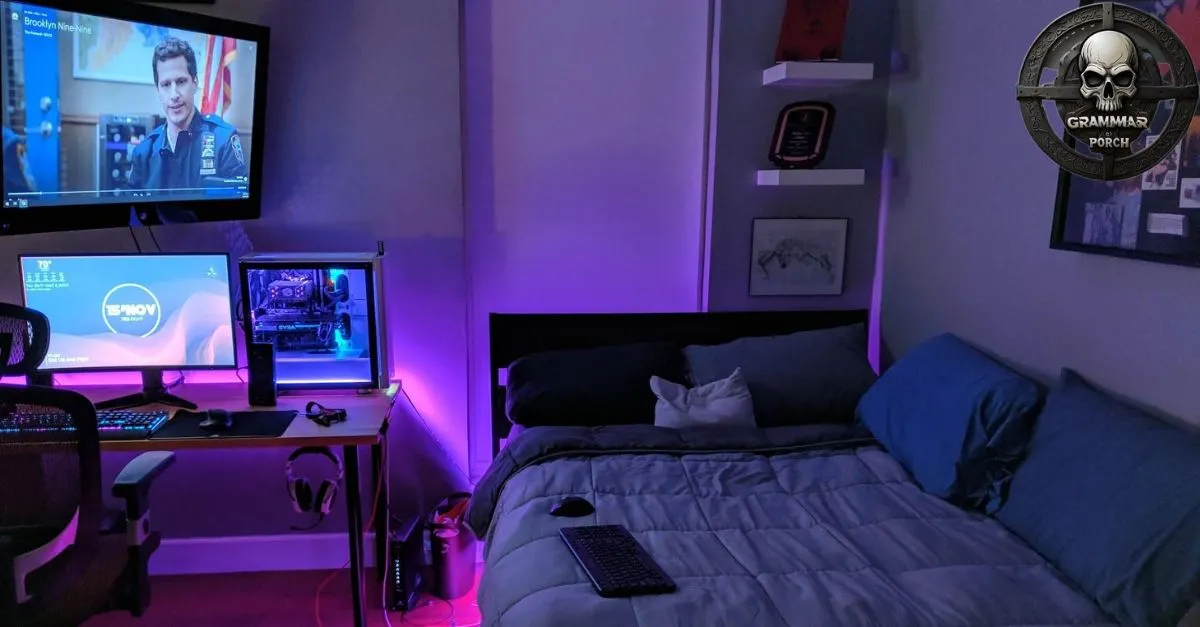When it comes to writing and speaking in English, the terms setup vs set up often confuse many people. These words seem similar, but they have different meanings and uses depending on the situation.
Knowing the difference can improve your English skills and make your writing clearer. This guide will help you understand when to use setup, set up, and set-up in a variety of scenarios.
What is the Confusion Between Set-up, Setup, and Set up?
The confusion between setup, set-up, and set up is common in English, as the words look similar and are sometimes used in the same situations. However, they serve different grammatical purposes.
The main reason for the confusion lies in how these terms function in sentences. Setup is often used as a noun, set up is a phrasal verb, and set-up is a hyphenated noun used in specific cases.
Understanding these differences will help you choose the correct term for your writing.People often misuse setup and set up because they don’t know the proper usage for each. For example, someone might say, “I need to set up a good setup for my desk,” which is incorrect. Instead, the correct phrase would be, “I need to set up my desk,” and “The setup of my desk is perfect.”
Is the Setup Word Correct?
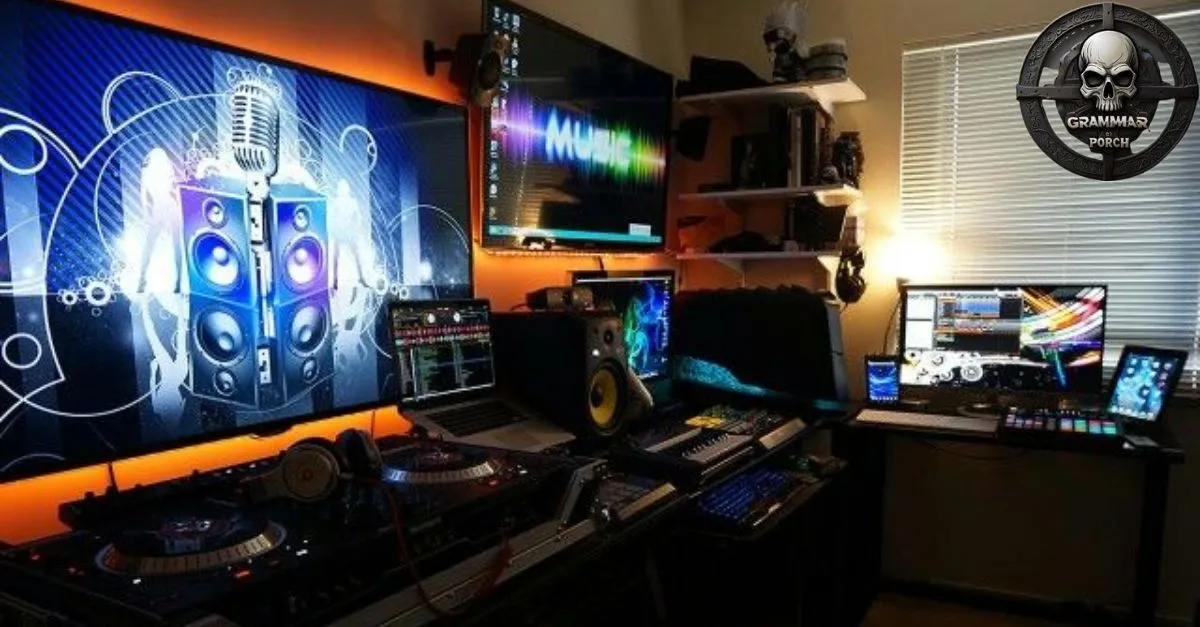
Definition:
The term setup is a noun.It refers to an arrangement, system, or process that has been organized in a particular way. You might hear it used when describing how something is arranged or constructed, such as the setup of a computer, event, or room.
Meaning:
In this context, setup describes the arrangement or structure of something. For example, when you talk about your computer’s setup, you’re referring to how your devices, software, and hardware are arranged to work together efficiently.
Usage:
“Setup” is used to describe a structure, layout, or configuration. Here are a couple of examples:
- The setup of the meeting room was perfect for the event.
- I just finished my home office setup, and everything works great.
How to Use Setup as an Adjective
While setup is primarily a noun, it can also function as an adjective. In this case, it describes something related to the arrangement or system in place. For example:
- I need a setup desk for my work.
- The setup process for this device is straightforward.
In these cases, setup modifies the noun, describing the type or quality of the desk or process.
Is the Set Up Word Correct?
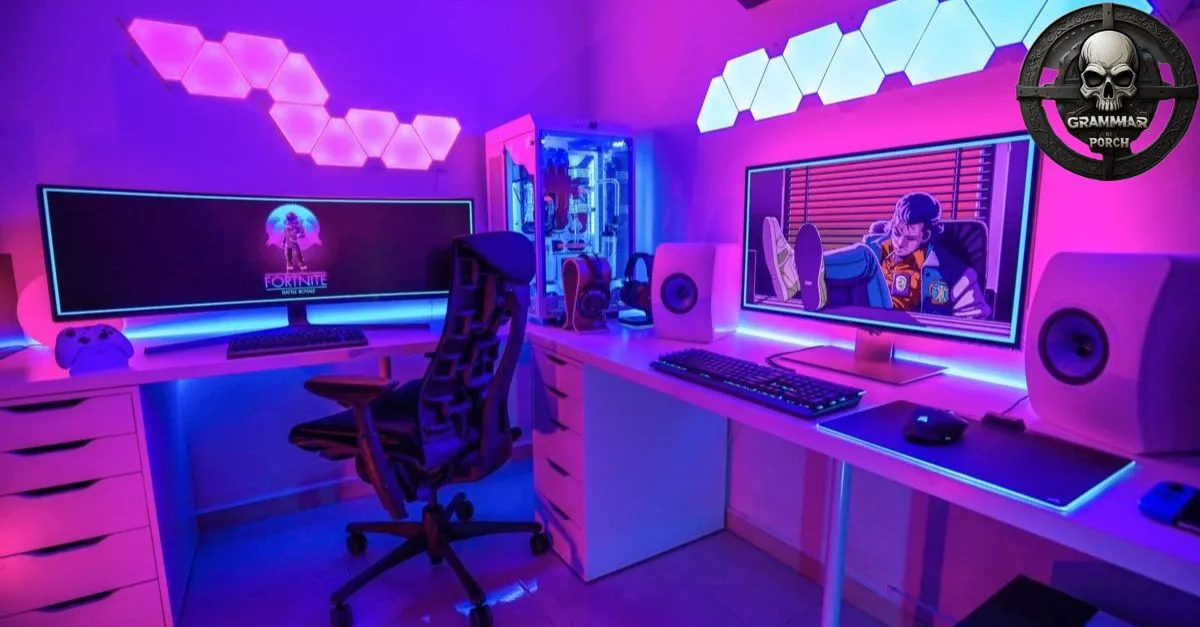
Definition:
Set up is a phrasal verb. A phrasal verb is a multi-word verb made up of a verb and one or more particles, like up. The verb set up means to arrange or prepare something.
Meaning:
When you say you are going to set up something, you are talking about the action of arranging or putting things into position.
For example, set up can refer to organizing an event, installing equipment, or even starting a new business.
Usage:
Use set up when referring to actions. Here are a few examples:
- I will set up the projector for the presentation.
- Can you help me set up my new phone?
- She needs to set up an account before using the app.
How to Use Set Up as a Noun
Although set up is primarily used as a verb, it can also be a noun in some cases. When used as a noun, it refers to the arrangement or configuration of something that has been set up. For example:
- The set up of the new office was a success.
- His set up of the event was flawless.
Is the Set-Up [Something] Word Correct?
![Is the Set-Up [Something] Word Correct Is the Set-Up [Something] Word Correct](https://grammarporch.com/wp-content/uploads/2024/11/Is-the-Set-Up-Something-Word-Correct.jpg)
Definition:
The term set-up (with a hyphen) is used as a noun in specific situations. It generally refers to a plan, arrangement, or structure that has been carefully organized.
This hyphenated term is often used in formal writing, especially when referring to a specific setup that involves multiple components or steps.
Meaning:
In this case, set-up indicates a complex arrangement or a system that has been carefully arranged, often in a business or formal setting. It emphasizes the process involved in putting something together.
Usage:
Here are some examples of using set-up in sentences:
- The set-up of the new software was completed last week.
- They have a clever set-up for the meeting that will improve efficiency.
In this case, the hyphenated form is used to emphasize a deceptive situation or a detailed system of arrangements.
What About Set-Up?

The set-up term is used when the arrangement or system involves multiple components or steps, especially when it is more complex or detailed.
It is a hyphenated term that usually appears in professional settings or in contexts where the arrangement is more formal or intricate.
Quick Summary: Set-up, Setup, or Set up?
To recap, here’s a quick guide to help you choose the correct term:
- Set up is used as a verb (action).
- Setup is used as a noun (thing or arrangement).
- Set-up is used as a hyphenated noun (more complex or formal arrangement).
Understanding these distinctions will help improve your grammar and make your writing more precise.
Set-up, Setup vs Set up as Parts of Speech
Each of these terms serves a different grammatical purpose. Set up functions as a phrasal verb (an action), setup is a noun (the result or arrangement of an action), and set-up is a hyphenated noun (a formal or complex arrangement).
Choosing the correct form based on the situation can make your writing clearer and more effective.
Pronunciation of Set-up, Setup vs Set up
Though the spelling of these terms is different, the pronunciation is largely the same. All three variations are pronounced as “set up”, regardless of whether you’re using the hyphenated or non-hyphenated form.
However, it’s important to note the differences in usage based on context.
How to Make a Difference
The key to making the difference between setup, set up, and set-up is to understand their specific situation. Set up is used when you are talking about the action of arranging or preparing.
Setup refers to the final arrangement or system, and set-up is typically used for more formal or complex arrangements, usually in a professional or business context.
Is “Set-up” a Different Word?
Yes, set-up (with a hyphen) is considered a different word compared to setup and set up. It often refers to something that involves a complicated process or a more intricate arrangement, such as a deceptive setup or suspicious arrangement.
When to Use Each Term
Use set up when talking about actions or processes. Choose setup when referring to the thing or system that has been arranged.
Finally, opt for set-up when describing a more formal or intricate arrangement that requires multiple components.
Side-by-Side Comparison: Set-up, Setup vs Set up
Here’s a comparison table for quick reference:
| Term | Part of Speech | Example Use Case | Common Mistakes |
| Set-up | Noun (hyphenated) | “The set-up for the conference was complex.” | Using it as a verb |
| Setup | Noun (unhyphenated) | “I love my new setup at work.” | Confusing it with verb use |
| Set up | Verb (phrasal) | “I will set up the meeting tomorrow.” | Using it as an adjective |
Which One is More Acceptable: Set-up, Setup vs Set up?
In general, setup is the most commonly used form. It is acceptable in both casual and professional settings.
Set up is widely used when describing actions, while set-up is more formal, used in specific cases where the arrangement is more detailed or complex.
Set-up in British English and American English
In both UK English and American English, set-up tends to be used for more formal or complex situations. The non-hyphenated setup is also common in both versions, but set up as a verb is universally used.
Setup in British English and American English
The usage of setup in both British and American English follows similar rules. It is primarily used as a noun, referring to the arrangement or structure of something.
Set Up in British English and American English
The verb phrase set up is used the same way in both British and American English, referring to the action of arranging, starting, or preparing something.
Common Mistakes: How to Avoid Them
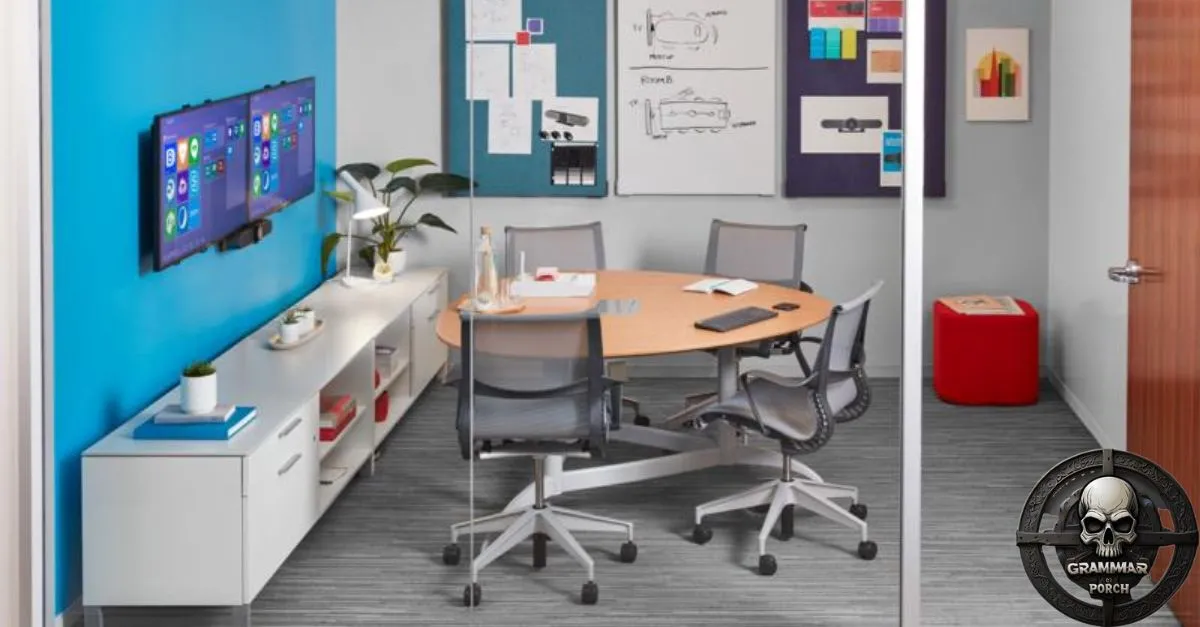
A common mistake people make is using setup when they should use set up (verb). For instance, “I will setup the event” is incorrect. The correct phrase would be: “I will set up the event.”
Trick to Remember the Difference
One trick to remember the difference is to think of setup as the thing (the noun) and set up as the action (the verb). The hyphenated set-up is a bit trickier and usually refers to something more formal or intricate.
Origins of Set-up, Setup, or Set Up

The hyphenated term set-up has its roots in earlier English, where compound terms often had a hyphen. Setup has evolved into a single word over time, and set up has always been a phrasal verb.
Set-up:
The hyphenated form was first used to describe a detailed process or arrangement.
Setup:
Setup began as a combination of set and up, eventually merging into a single word for convenience.
Set Up:
As a phrasal verb, set up has always combined the verb “set” with the particle “up.”
Synonyms of Set-up, Setup vs set up
Here are some synonyms for each term:
Set-up:
- Arrangement
- Configuration
- Layout
- Organization
- Design
- Scheme
- Plan
- System
- Setup
- Framework
Setup:
- Arrangement
- Configuration
- Formation
- Organization
- Preparation
- Assembly
- Design
- Structure
- Setup
- Composition
Set up:
- Arrange
- Establish
- Organize
- Position
- Prepare
- Assemble
- Mount
- Install
- Start
- Setup
Sentences in Daily Usage of Set-up, Setup vs Set Up
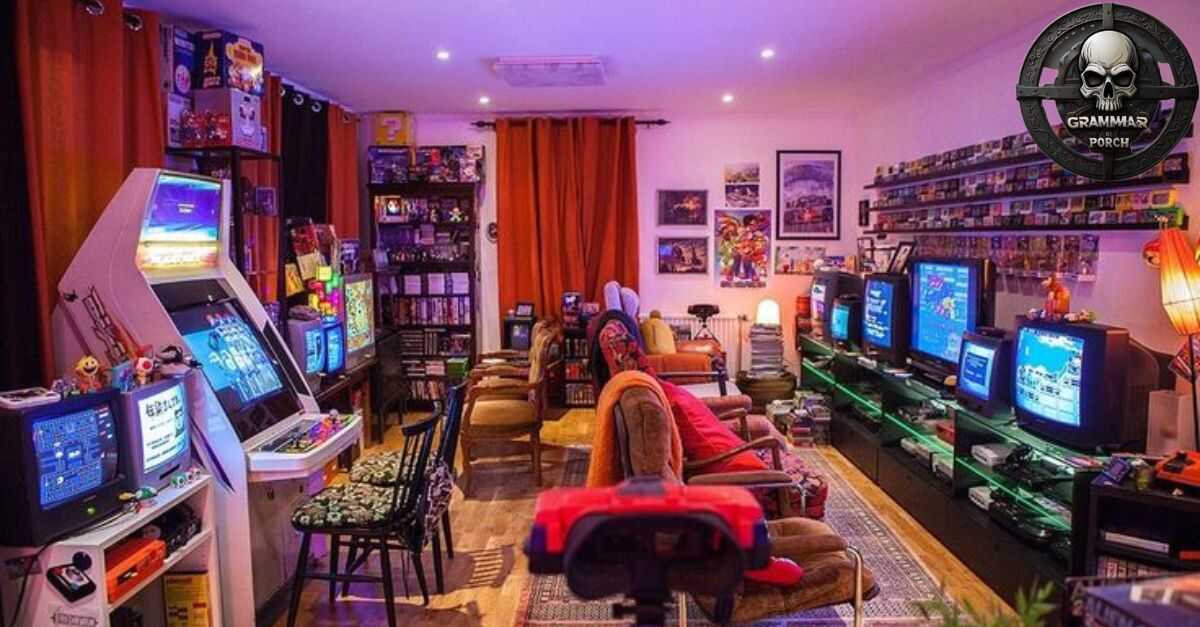
Set-up:
- The set-up of the event went smoothly.
- My new set-up is working great.
- They completed the set-up in time for the presentation.
- The set-up at the conference was excellent.
- The office set-up is efficient and tidy.
Setup:
- I need to adjust my setup for work.
- This setup makes the project easier to manage.
- The new setup was ready in less than an hour.
- The setup includes a computer, printer, and scanner.
- The setup process is easy to follow.
Set Up:
- I will set up the room for the meeting.
- Can you set up the projector for me?
- I need to set up my new phone.
- We need to set up the new printer.
- I am going to set up a time to meet.
FAQs
What’s the difference between setup and set up?
Setup is a noun, and set up is a verb.
Can I use setup as a verb?
No, set up is the verb form.
Do people always hyphenate “set-up”?
People don’t always hyphenate set-up; they mainly use it in formal contexts or complex arrangements.
How do I remember the difference between set-up, setup, and set up?
Remember, set up is an action (verb), setup is a thing (noun), and set-up is a detailed or formal arrangement (noun).
Which one is more common: setup or set up?
People more commonly use setup in casual settings.
Conclusion
The difference between setup, set up, and set-up is crucial for using English correctly. By following the guidelines in this article, you’ll be able to choose the appropriate term in any specific situation.
Remember, set up is for actions, setup is for the result, and set-up is for formal arrangements. Keep these distinctions in mind to improve your grammar and communication skills!

Larry is an experienced blogger with a passion for simplifying grammar. With years of expertise in writing and language, he shares insightful tips on punctuation, synonyms, and the intricacies of English grammar at **Grammar Porch**. His approachable style helps readers improve their writing skills with ease.

